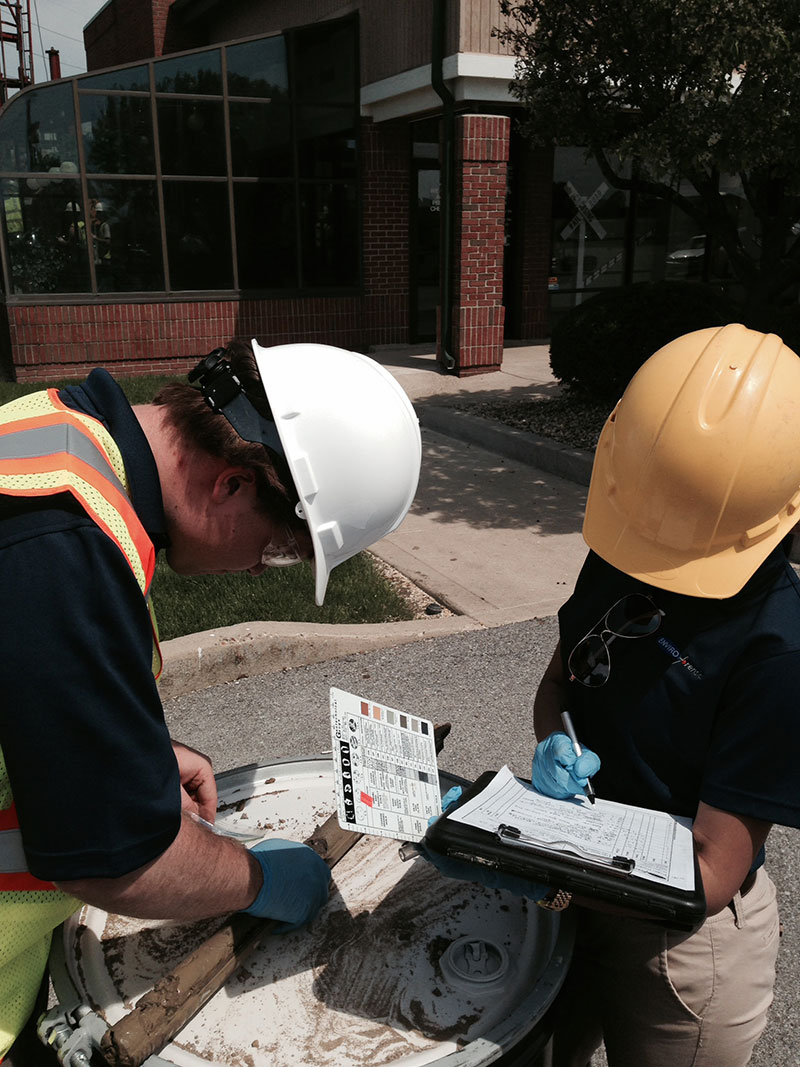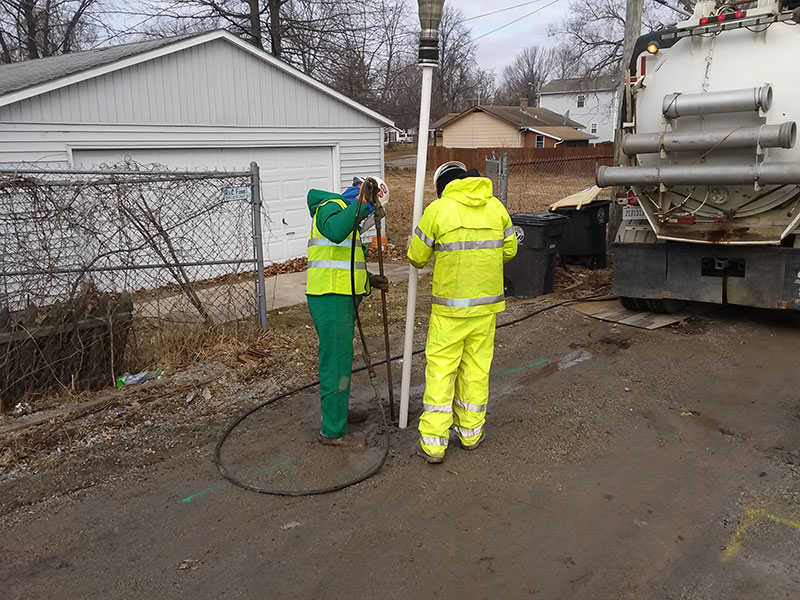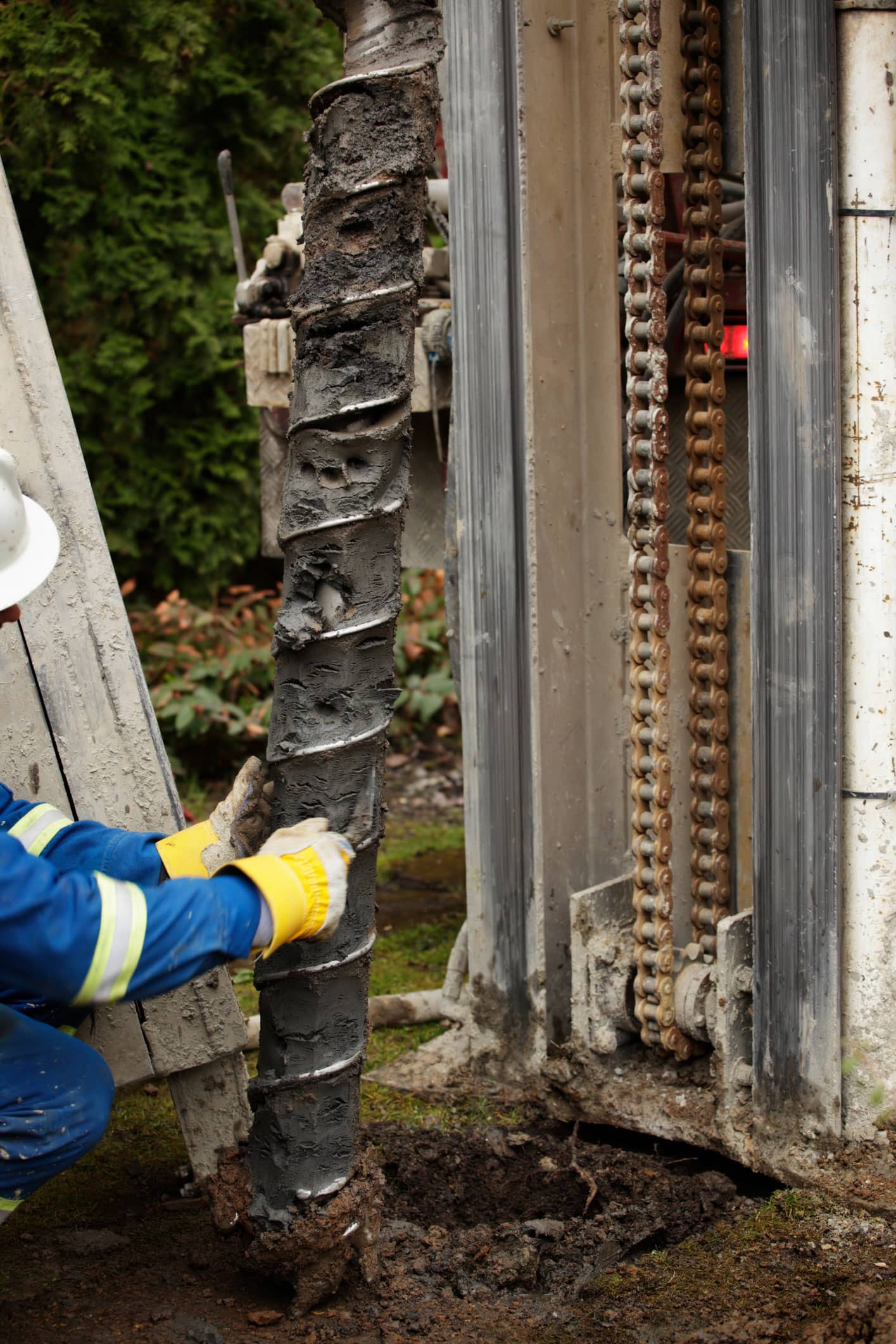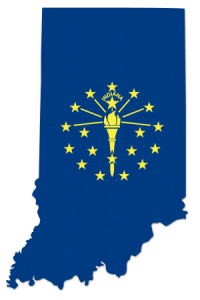EnviroForensics recently attended a technical presentation regarding chlorinated solvent groundwater remediation techniques at a former manufacturing facility using reductive dechlorination. A case study was presented wherein a groundwater remedy was implemented for a comingled TCE and 1,1,1-TCA plume. The groundwater remedy included application of emulsified vegetable oil and microbes to the subsurface, circulation of groundwater, and monitoring over a 2 year period. The treatment successfully reduced groundwater contamination, but did not address the source of contamination within the soils.
The source of soil contamination was left in-place and “capped” by the former building slab, which was reportedly cracked and in poor condition. Migration of contaminants can occur when rainwater percolates through the soil downward to the underlying groundwater. If a prescribed cap fails to prevent soil contaminant migration to the groundwater, a potential exists to re-contaminate the entire groundwater treatment area. In presented case study, the “cap” was cracked and in poor condition; and therefore, unsuitable to prevent rainwater percolation through the contaminated soils. If selected as a viable option, a cap must be appropriately designed and engineered to prevent migration of soil contamination to the groundwater.
Leaving a source of soil contamination in-place should be a major concern for business and property owners. A responsible party should consider the potential liabilities and obligations of a remedy that leaves any contamination in-place. Contamination left behind can result in long-term monitoring requirements for an indefinite period of time, in some cases 30 years or more; in addition to severely limiting the future reuse of the property. During the remedial planning phases of a project, it is important to choose a proven remedial strategy that will remove contamination across all media phases, thereby reducing future liability and long-term stewardship requirements (LTS).
LTS requirements typically include monitoring and assessing exposure to contaminants remaining in-place which could pose a risk. LTS plans are developed with specific strategies to monitor and assess contaminant exposure over an indefinite period of time. Monitoring can be required until contaminants reach a level that do not pose a risk. When dealing with recalcitrant contaminants like trichloroethene (TCE) and tetrachloroethene (PCE) that don’t readily breakdown in soils, this can be a very long time. The burden of LTS requirements can ultimately be placed on the responsible party owner indefinitely.
EnviroForensics’ expert team understands the potentially-high cost and lengthy responsibilities associated with long-term environmental problems–we know it’s essential to address contamination at its source. We assist property owners every day to develop appropriate plans for cleanup of soil and groundwater so that business and property owners understand the remediation plan and are not burdened with long-term environmental issues. Our team of environmental professionals possess the skills and experience to accurately assess environmental contamination and create cleanup strategies that minimize future liabilities. We know that remedial strategies including LTS do not fit into your overall business goals, which is why we make it our business to ensure remediation plans clean up your property and limit future liabilities and long-term requirements.
About the Author

Jennifer Hallgarth, L.P.G.
Senior Project Manager
866.888.7911
jhallgarth@enviroforensics.com
Ms. Hallgarth is a licensed professional geologist with over 10 years of experience in environmental consulting with focus in insurance claim expertise. She has been responsible for management of numerous chlorinated solvent and petroleum projects throughout various stages of investigation, remediation and closure; ranging from $1,000 to over $1,000,000. Ms. Hallgarth has experience in due diligence, compliance, remediation, reporting and regulatory negotiation. She has directed numerous subsurface investigations of varying size and employed a variety of remedial technologies including: soil excavation, air sparge, soil vapor extraction, multi-phase extraction, and chemical oxidant injection.
Ms. Hallgarth has conducted various vapor intrusion assessments including property access coordination and risk-communication with residents, business owners and stakeholders. She has employed vapor mitigation using sub-slab and sub-membrane depressurization systems, and other techniques to control indoor air exposure.
Ms. Hallgarth has experience in file reviews, forensic investigation design, reserve estimating, claim coverage evaluation, cost allocating, settlement, litigation support and third-party oversight. She has interfaced and negotiated with property owners, insurance carrier groups, attorneys and other stakeholders.







